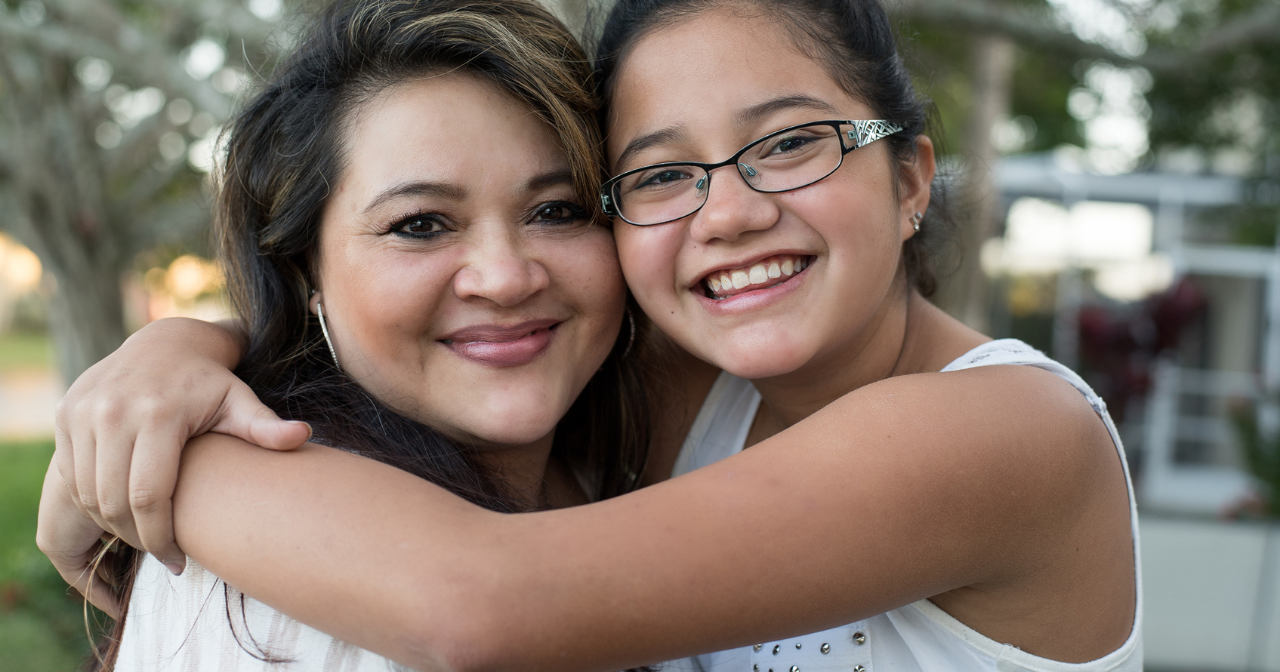Celebrating Hispanic Heritage Month
Each year we recognize Hispanic Heritage Month as a time to celebrate the many contributions Hispanics have made to our society and country. What was initially a week-long celebration was turned by proclamation into a month-long celebration of histories, cultures, and contributions of Latinos whose ancestors came from Spain, Mexico, the Caribbean, and Central and South America. As we close out this very important time, we acknowledge disparities that still remain and reflect upon the work being done to improve access to the full spectrum of contraceptive options so that all Latinas can continue being part our country’s rich history, economic and social vitality.
Today, Latinas account for approximately one in every seven women of reproductive age but lack access to contraceptive care at higher rates than those of other races and ethnicities. According to a 2018 national poll, 44% of Latinas age 18 to 44 reported struggling with access to birth control. Also, 33% of Latina women of reproductive age shared that they could only afford $10 or less if they needed to pay for birth control. Contributing to these challenges is the fact that Latinos have the lowest rate of health care coverage compared to other races and ethnicities, but are more likely to be diagnosed with cervical cancer than any other ethnic group. In addition, Latinos face greater obstacles “obtaining and benefiting from sexual and reproductive health services than non-Latino white Americans.” As we continue to have earnest conversations about health equity, these must include the obstacles Latinas face when trying to access care.
These reproductive health disparities contribute to Latina adolescents being at higher risk of pregnancy. Despite the US birth rate declining by 72%, birth rates among Hispanic teens are still almost double that of their white peers. Equally concerning is the data from the Centers for Disease Control and Prevention regarding the inconsistent use of contraception among high school youth. According to the survey, 12.8% of Hispanic youth did not use any form of birth control to prevent an unplanned pregnancy the last time they had sex. In contrast, only 6.8% of white youth reported not using any form of contraception.
Increased education around and access to reproductive and sexual health in the Latino community would help mitigate some of these challenges. In fact, research supports the notion that increased access to and consistent use of contraception has helped to contribute to historic declines in teen birth rates. Despite the data, the Trump administration implemented its domestic gag rule forcing more than 900 clinics to leave the Title X Family Planning Program. The program has been responsible for providing free or low-cost contraception and related services to people most in need, more than 30% of whom identify as Latina.
So, what can we do to help?
We can help by making sure that our Hispanic community has access to various resources such as Bedsider, which is offered in Spanish. Further, we encourage parents and champions to discuss sex, love, relationships, and ultimately, birth control. These conversations are especially important in the Latino community. According to the data, Latina adolescents and young adults have reported little or no knowledge about sex or contraception because communication about these topics don’t occur in the home.
As an organization committed to common sense solutions and ensuring all young people have the power to decide if, when, and under what circumstances to get pregnant and have a child, our efforts extend far beyond Hispanic Heritage Month. It is a year-round community effort to ensure all young people have the information and knowledge to make decisions which will allow them to live their best lives.



